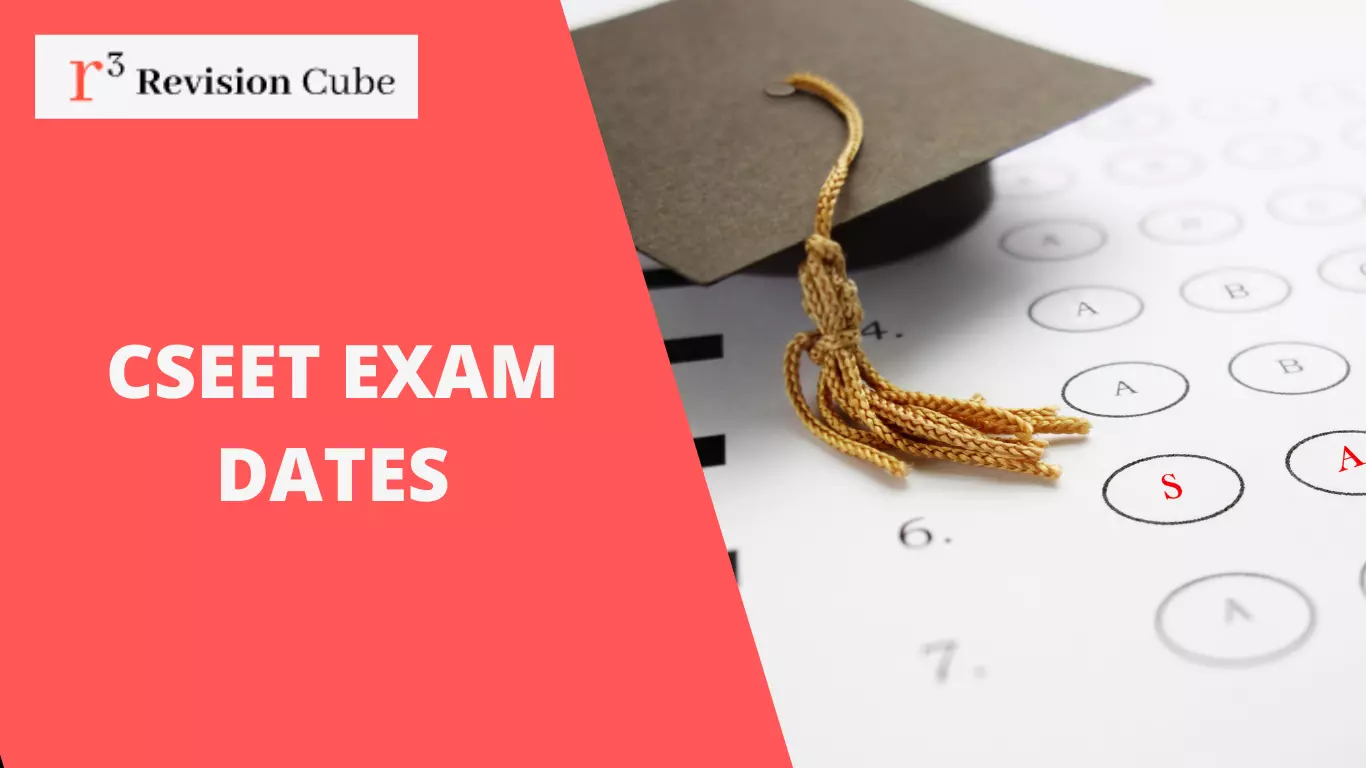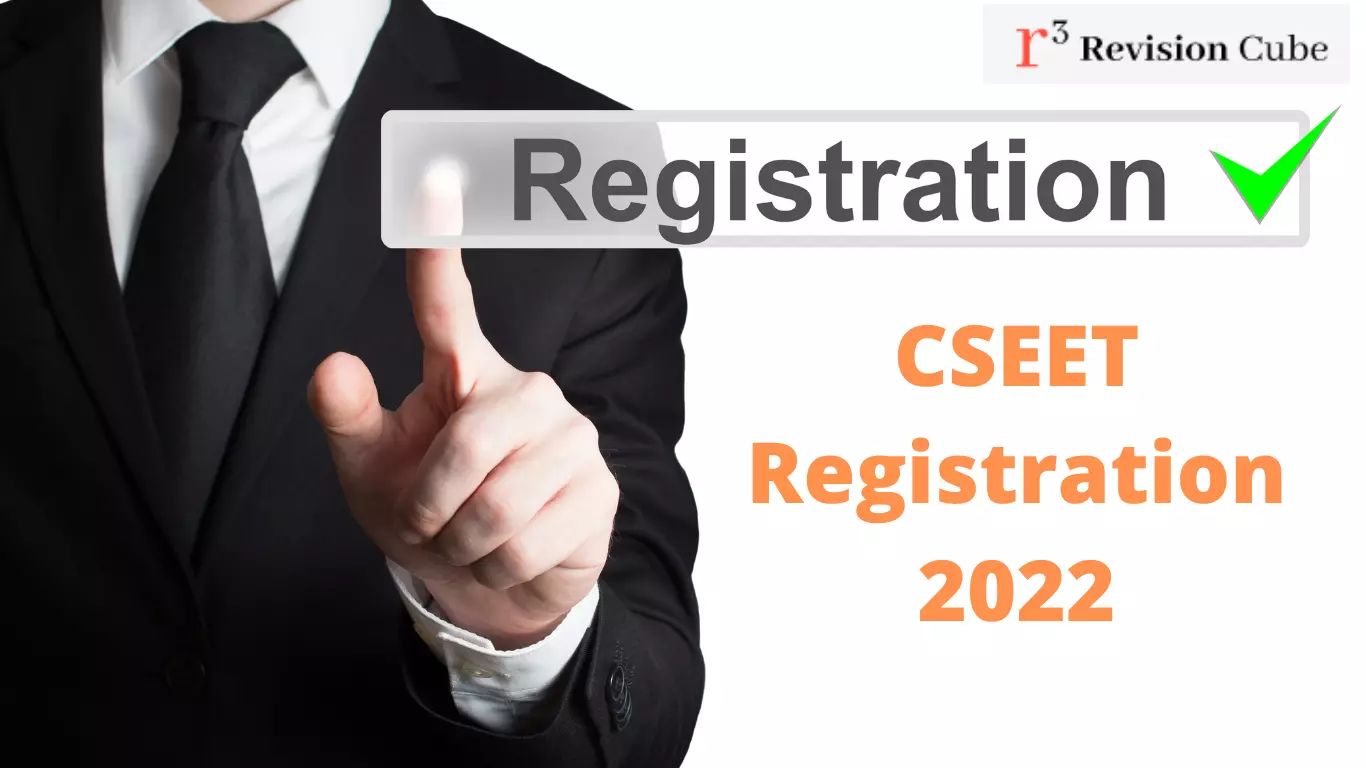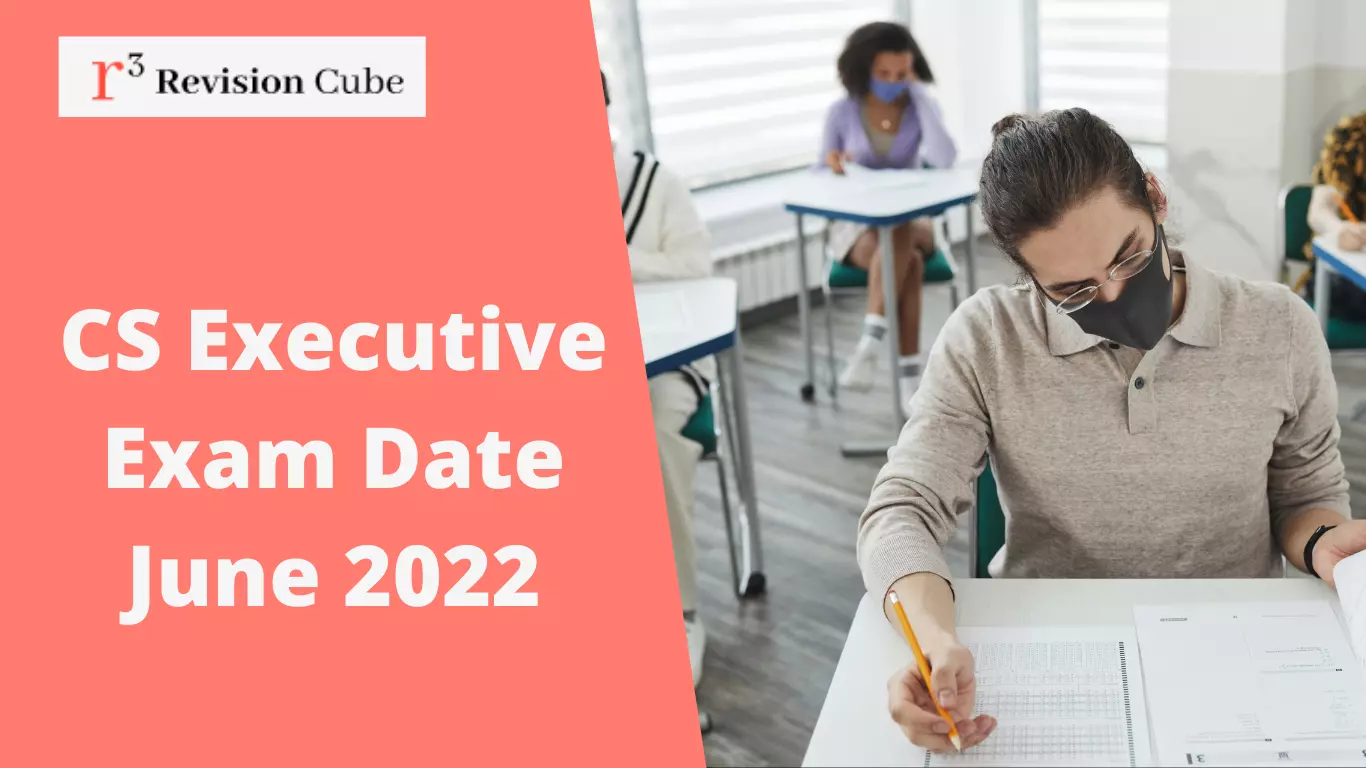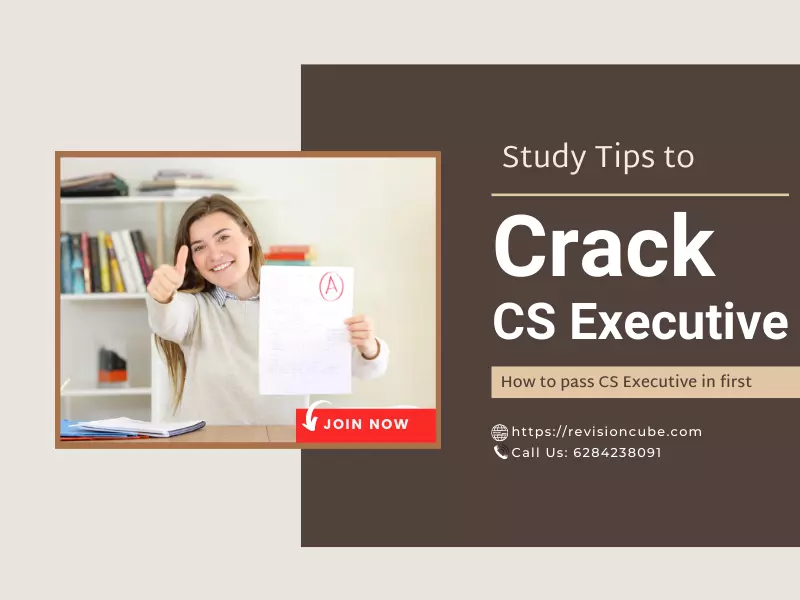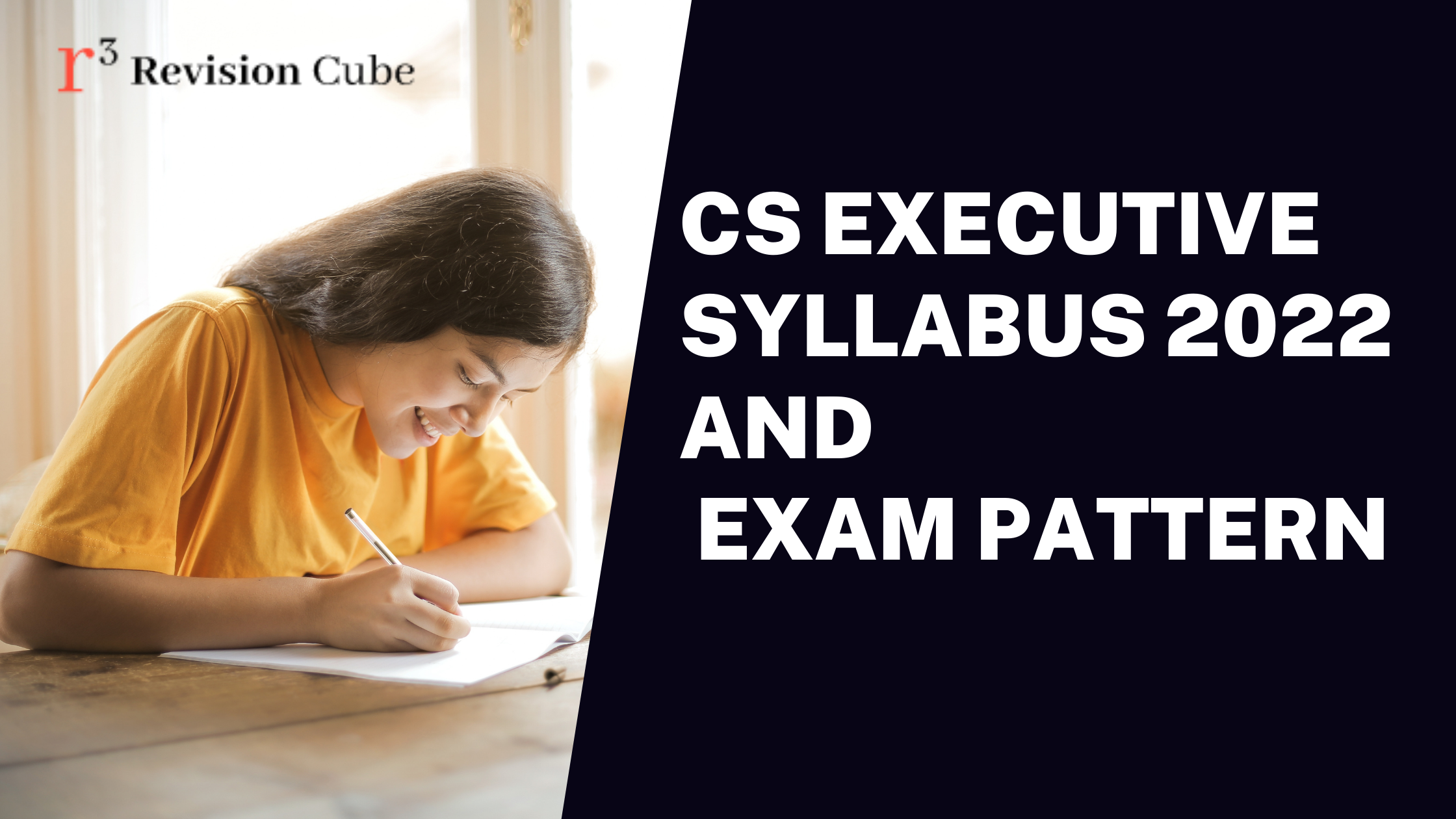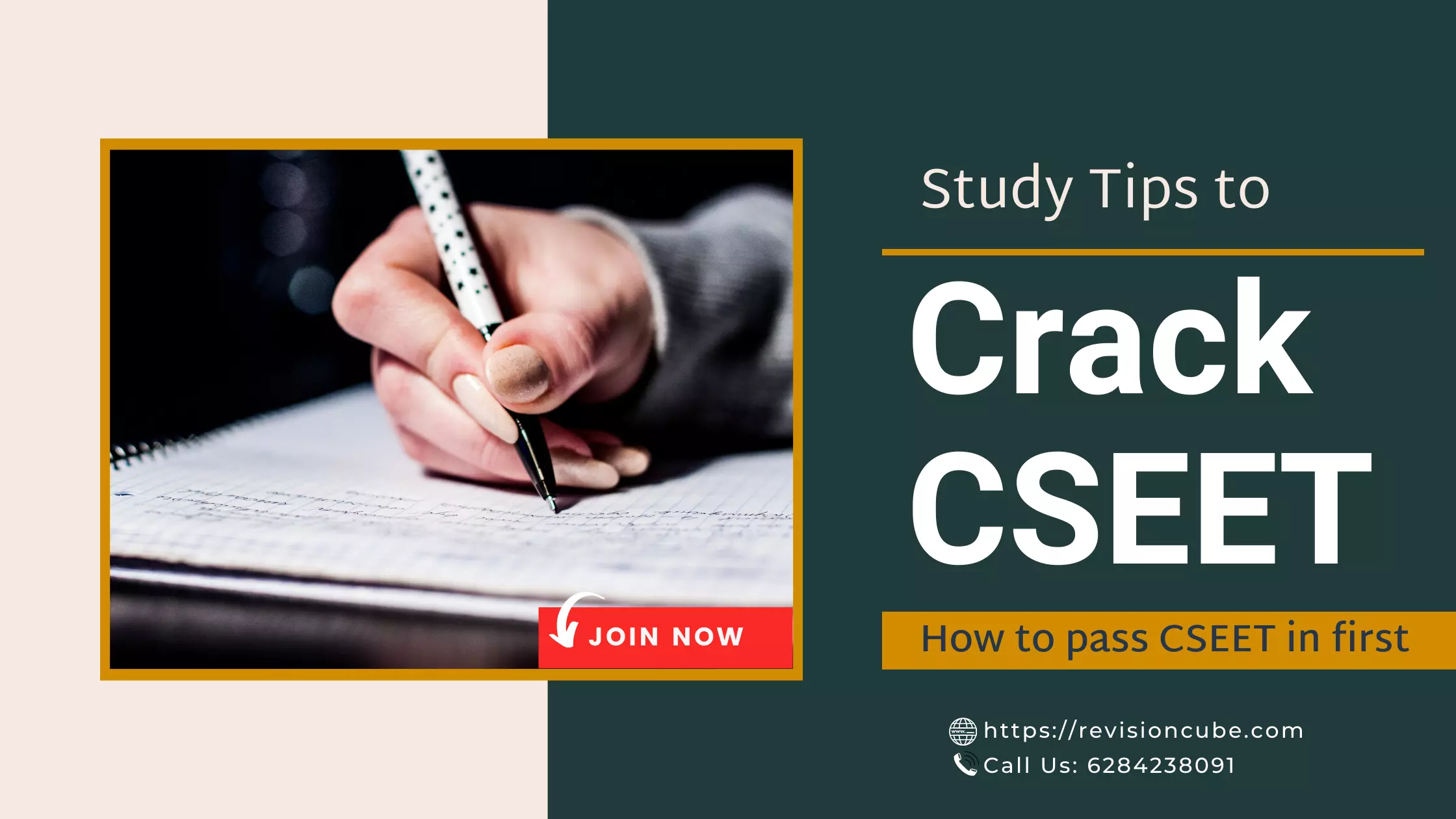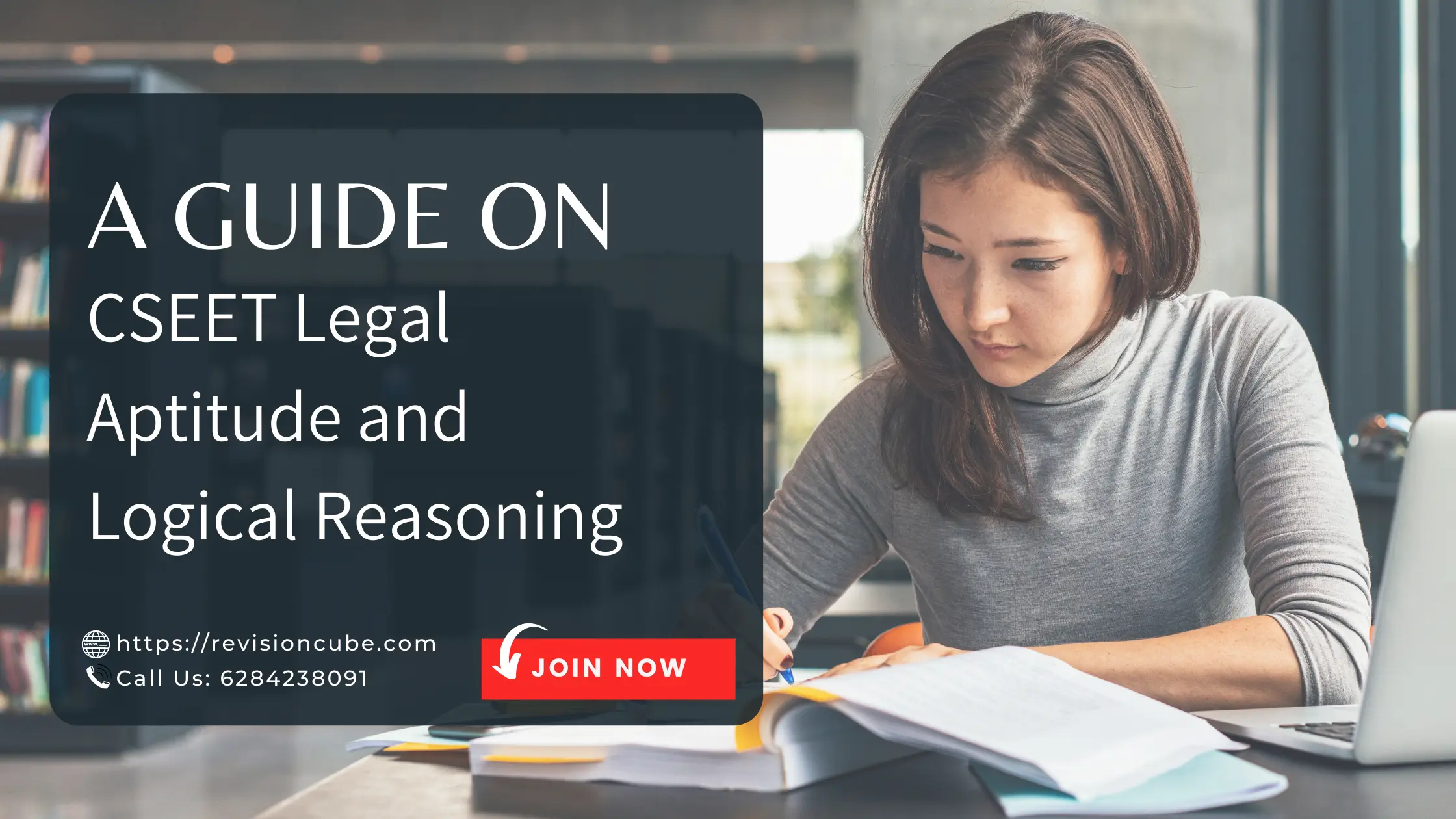
A Guide on CSEET Legal Aptitude & Logical Reasoning for 2022
Introduction about Legal Aptitude and Logical Reasoning
There are two elements to this subject: Legal Aptitude and Logical Reasoning.
During this first section of Legal Aptitude, you will learn about the most critical legal components of our country, including our Constitution of India and crucial Business and Commercial regulations. The second section on Aptitude Logical Reasoning is analytical and a bit of a brain twister, but it's enjoyable to study and solve the problems. It involves learning numerical patterns, doing calculations without formulas, analyzing logical linkages, and conducting historical data and analysis.
In this topic, ICSI provides a quick introduction to legal elements and a logical thinking exam, which is designed to challenge students' knowledge. This course also exposes you to the regulations regulating the Company Secretaries profession, the breadth of the CS profession, and your role and duties, all of which prepare you for a confident advancement in your professional life after graduation.Aptitude Logical Reasoning also includes aptitude problems that need a logical understanding of the situation.Aptitude Logical reasoning problems involve the application of the intellect and the ability to think beyond the box. By answering logical questions, you will be better prepared for the next level of the course.
The subjects included in the Legal Aptitude Logical Reasoning tests are as follows:
1. Legal Aptitude (25 Marks)
- Indian Constitution
- Companies Act 2013
- Elements of Company Secretaries Legislation
- Contract Act, Law of Torts
2. Logical Reasoning (25 Marks)
- Verbal Reasoning : Calendars, Cause and Effect Reasoning, Clocks, Coding and Decoding, Deriving Conclusion from Passages, Drawing Inference, Number Test, Sequence and Series, Statement and Assumptions, Alphabet Test, Alpha Numeric Sequence Puzzle, Analogy, Assertion and Reason, Blood Relations, Decision Making, Inserting Missing Characters, Logical Sequence Test, Logical Venn Diagram, Number, Ranking and Time Sequence Test, Syllogism, Truth Tellers and Liars
- Non-verbal Reasoning : Analytical Reasoning, Classification, Completion of Incomplete Pattern, Figure Matrix, Grouping of Identical Figures, Mirror Image, Rule Detection, Numeric and Alphabet Series
Studying Legal Aptitude Logical Reasoning using the most effective way:
- Learn how the law is interpreted and the core of the various sections.
- Solve many problems from an exercise, question papers, model exam papers, and other sources.
- Learn shortcuts for answering questions in a short amount of time.
- Practice answering questions while keeping an eye on the clock.
- Consider doing the calculations in your head to the most significant degree feasible because the steps do not count toward your grade. It is a set of objective questions.
INTRODUCTION TO TORT LAW - Tort Definition, Essential Elements, Liability, and Remedies in Tort
The Law of Torts is a fascinating subject to study and learn about. Although it is not a complicated law, it needs a certain level of expertise to distinguish between tort law and other wrongs. Considering that we are taking the CS Executive Entrance Test (CSEET), which will consist of Objective Type/Multiple Choice questions, let us examine tort law from a similar perspective, where we understand torts in a more granular manner.
Meaning of Tort :
The tort is a legal term that refers to a civil wrong.
The term tort is the French counterpart of the word wrong in English. The term "Tort" comes from the Latin word "Tortum," which translates as "twisted."
The tort is defined as a civil wrong that causes a claimant to suffer loss or suffering, resulting in legal accountability for the person who does the unlawful act on the claimant's behalf.
Parties — in a Tort, there has two parties.
a. A plaintiff is a person who has been injured or has suffered a loss due to another's negligence - the party who has been wronged or hurt.
b. Tort feasor– is a person who is accountable for the plaintiff's harm and liable for the damage produced by the improper conduct committed by that person. The defendant is a term that is often used.
Define Tort:
A tort is defined as any act or omission by the tort feasor that results in loss, injury, or damage to the plaintiff or their property.
Define Tort Law:
People who have experienced injury (i.e., the aggrieved person) due to the unjust conduct of others are entitled to redress under the law of torts, which is tested by the courts in civil procedures to provide relief for them (i.e. the tort feasor).
Important Component of Tort:
It is only if the following three fundamental characteristics of Tort are present that the unjust conduct is considered a tort. The act or inaction must be unlawful because it causes harm. It also is necessary that the damages be legally recognized. It is also necessary to have a legal remedy available in a wrongful act or action. As a result, no civil wrong may be classified as a tort.
Terminology used in the legal field:
A. Damnum Sine Injuria (Damage without injuries) - This is the situation in which the Damage occurs without the desire to injure. In cases when the conduct is not improper, it will be considered the exercise of a legal right by one party that causes harm to the other indirectly by the same party.
Consider the following scenario: A runs a stationery business close to a school and has monopolistic power. Meanwhile, B establishes a stationery business just across the street from A's. B is just exercising his legal right to conduct a company, but this will have a negative impact on A's monopoly position and earnings because of the competition. As a result, Damage may exist without causing Injury.
B. The Latin phrase "Injuria Sine Damnum" means "Injury Without Damage." This is the situation in which an injury lingers without causing any harm. In contrast, even if there is no evidence of damage, the act will be considered to have caused harm.
Consider the following scenario: X owns the copyrights to a book. While unaware of the copyright, Y attempts to print more copies of the book without obtaining permission from the author. As a result, even though the harm cannot be measured, the act of Y constitutes an injury even in the absence of damage.
C. Mens Rea - Intent to commit a crime It refers to the element of guilt associated with the crime. It is the mental component of a person's desire to commit a crime known as mensrea. The act or omission must be committed with the intent to harm or with gross carelessness.
As an example, K and S are related. K borrows S's automobile for a short period. Unfortunately, the automobile is involved in an accident, resulting in damage. It is possible that K has caused harm due to his carelessness and is thus obligated to pay for the damages. He didn't do anything on purpose, and it wasn't his fault.
On the other hand, S borrows one of K's automobiles the next week and deliberately does damage to it to fulfill his criminal purpose to exact a pleasant vengeance on K. S, in this case, had a criminal intent to harm. However, K did not do it on purpose. Mensrea is the name of the character.
Liability of Tort:
Tort Liability are 2 types;
- Vicarious Liability
- Absolute or Strict Liability
Liability in an Absolute or Strict Manner:
Absolute or Strict Liability is a legal concept that states that a person may be found guilty even though they had no intention of committing a crime. To put it another way, the defendant is held accountable, although he did nothing wrong.
D, for example, is a cautious driver who follows the regulations of the road and the legal speed limits. While driving along a highway, G saw a pedestrian run out in front of the vehicle to cross the road in front of him. Eventually, D was unable to maintain control of the car and crashed into G. Although D was not to blame, he would be labeled a wrongdoer.
The following categories are included under Absolute/Strict Liability:
- Liability for an Unavoidable Accident — For example, suppose Dr. P, a scientist, traveled by public transportation with certain research chemicals that finally ruptured and caused smoke and suffocation among the passengers.
- Liability for an Inevitable Mistake — For example, suppose E, a pedestrian, is forced to trespass into the Defense Quarters without realizing that entry is forbidden to retrieve his certificates that have become airborne due to inclement weather.
- If the blame is given to others on social policy grounds, this is known as vicarious liability for wrongs perpetrated by others (or vicarious liability for wrongs committed by others). As a result of his servant's actions, the Master is held accountable.
Exceptions to Absolute/Strict Liability include the following:
- Statutory Authority
- Escape due to plaintiff’s own Default
- Damage due to natural use of land
- Act of third party
- Act of God
- Consent of the plaintiff
Define Vicarious Liability:
Vicarious responsibility is the legal concept in which one is held liable for the actions. For example, a master is vicariously responsible for the tort of his servant; a principal is vicariously liable for the tort of his agent, and so on. Here are a few illustrations:
A principal and an agent (also known as a specific authority) are two terms that refer to the person who acts via another as acting himself. Because of this, when an agent violates the law while performing their obligations as an agent, the principal is accountable for the violation.
Authority by Relationship between a Master and a Servant - A master is responsible for a tort committed by a servant while acting during his employment with the master. In this instance, both the Servant and the Master are jointly and severally responsible.
Independent Contractor and Employer
If an employer is found to have committed a tort, such as any of the following, they will be accountable for the actions of an Independent Contractor.
- In torts of strict liability
- When employer authorizes the contractor to commit a tort
- Negligence of contractor
If the employer has exercised reasonable care in the selection of the contractor, the employer is accountable for the contractor's actions.
Responsibilities for servants' actions - When a servant commits a tort within the course of their work, the employer is accountable for the harm caused. Because of this, if an act is any of the following, it is considered to be performed in the course of employment:
Employees are permitted by their employers to engage in unlawful behavior or unlawful and illegal ways of accomplishing some act.
The State of Vicarious Liability
Following the passage of the Crown Proceedings Act, 1947, the Crown is held vicariously accountable for the torts committed by its employees, in the same way as private individuals are held guilty.
In India - Unlike England, there is no legislative provision defining the State's obligation in the event of an accident. On the other hand, article 300 of the Constitution provides that the Government of India may sue or be sued in the name of the Union of India and that the State Government may sue or be sued in the name of the State. In this regard, it should be emphasized that the Court considers whether the role was one of sovereign authority or one of non-authority when determining whether there was a tort. If the government performs a sovereign role, it may claim immunity from tort responsibility.
Torts or Wrongs to personal safety and freedom:
An action for damages may be brought for any wrongs listed below that are interpreted as injuries to a person. They are as follows:
- Battery requires the presence of two elements: the use of force (regardless of how little the force may be) without the plaintiff's agreement and the absence of any legal basis for the use of force.
- Assault is a tort in which the tort feasor causes the plaintiff to be fearful that he is about to conduct a battery against him by instilling fear in his mind that he will do so.
- A tort feasor's intentional conduct to cause physical injury or calculate to cause physical harm to the plaintiff is referred to as "bodily harm."
- True Imprisonment: This tort refers to the act of restricting or detaining or imposing someone's movement against his or her will without a legal justification. False Imprisonment is defined as the act of restricting or detaining someone's movement against his or her will without a legal justification.
- Malicious prosecution: This refers to the establishment of court proceedings with the goal of causing injury to the plaintiff's reputation, personal freedom, or property without a justifiable basis in law.
- Defamation: When someone attacks the reputation of another person with the purpose of lowering their social rank in society, this is referred to as defamation. It might be in the form of libel (permanent) or slander (temporary).
Torts Remedies:
Judicial Remedies
There are three categories of court remedies available to the Plaintiff, which are as follows:
- Injunction
- Damages
- Specific restitution of property
Extra Judicial Remedies
It seems that, in the absence of a court order, it is legal to seek restitution for one's harms using self-help methods. A few of these cures are as follows:
- Self Defence – It is permissible to defend oneself against any illegal activity.
- Prevention of Trespass – Ownership is prohibited from accessing the property by the occupant.
- Re-entry on land – Regaining control of land that had been unlawfully disposed of
- Re-caption of goods – Regain control of property that has been wrongfully confiscated or detained
- Abatement of nuisance – legitimately abate any nuisance that is causing harm to others
- Distress Damage Feasant – Obtaining the authorised seizure of cattle that are infringing on the plaintiff's property and holding them until recompense for the harm is obtained.
Syllabus Overview of Legal Aptitude and Logical Reasoning
The second section of the paper (which will composed of 3 parts) will evaluate your basic understanding of verbally, nonverbally and logical through reasoning.
|
S. No. |
Topic |
Sub Topic |
|
Part A - Legal Aptitude (25 Marks) |
||
|
1. |
Indian Constitution |
|
|
2. |
Elements of General |
A - Law of Contract
B - Law of Torts
|
|
3. |
Elements of Company Secretaries Legislation |
|
|
4. |
Elements of Company Law |
|
|
5. |
Legal Reasoning |
|
|
· Part B - Logical Reasoning (25 Marks) |
||
|
6. |
Logical Reasoning |
|
|
7. |
Verbal Reasoning |
|
|
8. |
Non-Verbal Reasoning |
|
We are also providing ICSI's Foundation Study Material with PDF free download Sources.
Here you can download books pdf free from icai site for your Company secretary exam: Download Here
Best Recommended Books PDF free download for Students of CS Foundation Program:
Following are some of the most outstanding reference books pdf free download or recommended text books for CS Foundation students in general and each topic area. Look through the reference lecture notes books organized by topic.
- N.C. Jain, Saakhshi
- M.C. Shukla
- LanBreadwell and Lan Holden
- S. Venkataratnam and B. K. Srivastava
- Ashok K. Nadhani
- R.S.N. Pillai and Bagavathi
Previous Year Papers/ Books PDF Free download of Company secretary Foundation Exam with PDF Sources
Aside from having the Best lecture notes Books for Company secretary Foundation Exam with you, it is also essential to carry CS Foundation Previous Year Question Papers with you.
By beginning to solve Company secretary Foundation question papers from past years, you will be better prepared to face any hurdle that comes your way.
Previous Year Papers June 2013 : Download Here
Previous Year Papers Dec 2013 : Download Here
Company secretary Foundation Helpful Study Notes with PDF Sources
The CS Foundation Study Guide resources have been culled from essential areas to make your preparation as simple as possible. Many Foundation and toppers use our CS Study Notes as their primary preparation method. It will assist you in achieving a large number of score points.
Check out the following links in the table that will be useful for a rapid revision of the Company secretary Foundation Exam June 2022:
You can download from here: Download Here
Also Check:
Frequently asked question’s Related to CSEET Syllabus and Exam Pattern
Q: Can your provide cseet legal aptitude and logical reasoning pdf file?
A: You can find pdf files for MTP, RTP and ICSI mat in given blog.
Q: Please provide cseet legal aptitude and logical reasoning mcq pdf files?
A: You can find them in blog or just send mail from your registered mail ID, and our team will send you all mcq pdf notes.
Q: Is legal aptitude and logical reasoning for cseet are same?
A: By far the most important component of the legal aptitude part in terms of the number of points awarded is Legal Reasoning. In addition, there is a section called Legal Knowledge, which has questions that are based on legal facts and current events that are relevant to the subject of law.
Q: What topics comes under logical reasoning ?
A: Mostly there are topics like;
- Blood Relations
- Coding-decoding
- Direction test
- Seating arrangement
- Puzzles
- Input-output
- Syllogism
- Alphanumeric series
- Mirror images
- Statement and conclusions/argument
Q: what comes under logical reasoning ?
A: All important topics are covered. (check above*)
Q: cseet legal aptitude and logical reasoning notes ?
A: Download notes from given link or from your login panel itself.
Q: Do you provide cseet mock tests for legal aptitude and logical reasoning?
A: Yes, you can find mock test on our website www.revisioncube.com


